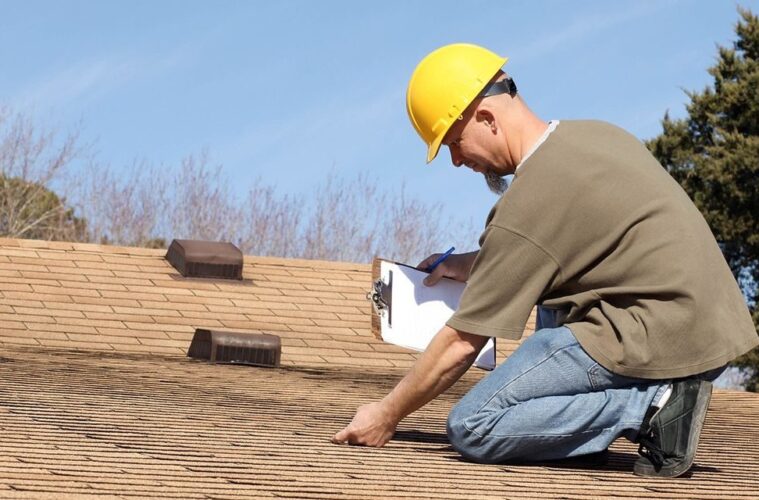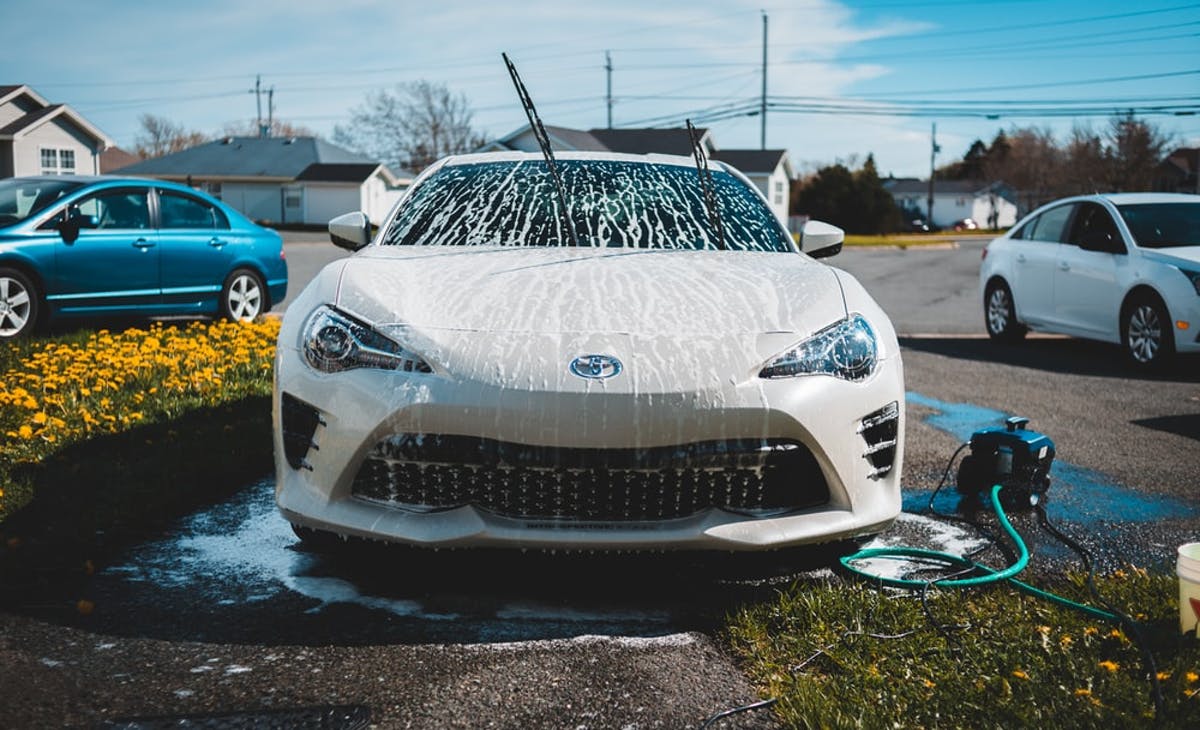It’s important for homeowners to do a routine roof inspection to prolong the life of their roof. Finding problems early reduces the need for more drastic and expensive repairs. Damaged roofs can cause a lot of problems besides being unsightly. Water damage, rotting and missing shingles open the door for a range of problems, from loss of heating and cooling efficiency to pest infestation. Check out these tips at The Architecture designs to successfully inspect your roof.
1. Algae, Moss and Debris
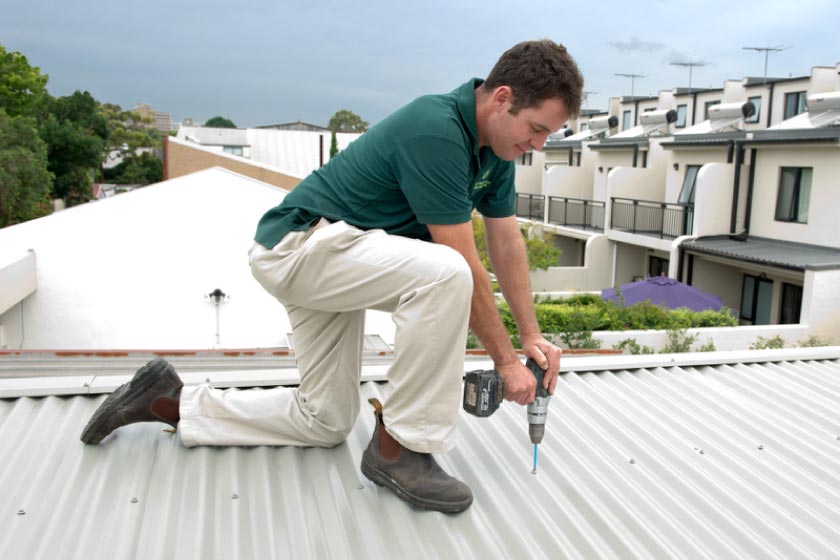
source: pinterest.com
Primo Roofing Company knows how dangerous algae and moss can be to a roof. Moss and algae are like a sponge, absorbing tons of water that can eventually seep into the roof’s sheathing and foster rot. There are products that can kill moss, and there are moss/algae resistant shingles. Piles of debris like leaves and branches hold moisture, the archnemesis of roofs. Remove debris as soon as you notice it.
2. Curled or Buckled Shingles
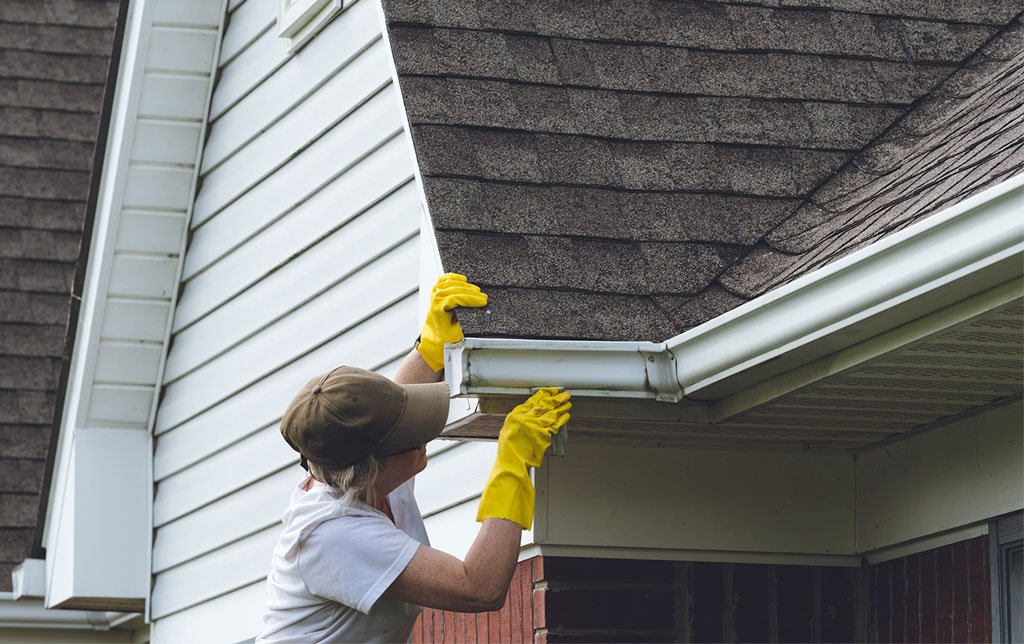
source: pinterest.com
Misshapen shingles have the potential to let in water. Water is the source of many roofing problems, so looking for buckled and curled shingles is important. These ill shaped shingles can also decrease ventilation, allowing for moisture to stick around longer than necessary. When there are just a few warped shingles, it’s perfectly fine to simply replace them, but if you notice that more than one-third of your shingles are suffering, it would be best to reshingle the whole roof.
3. Missing or Damaged Shingles
Anywhere there are missing or damaged shingles, the possibility lies for further damage to occur. Water can penetrate and cause mold or rot, and even freeze and expand during the coldest months. If the shingles are wooden, you’ll also need to be on the lookout for dry rot as well. When inspecting wood or shake roofing, be sure not to walk on it. Slate and clay tile roofs are prone to breakage, so keep an eye out for chipping, cracking and breakage. In metal roofing, look for corrosion, rust wrinkling and other signs of damage. One of the biggest indicators of damaged asphalt shingle roofing is the presence of large amounts of gravel in your gutters. This means that bits and pieces of the shingles are breaking free and could be an indicator of a larger problem.
4. Get Up Close and Personal
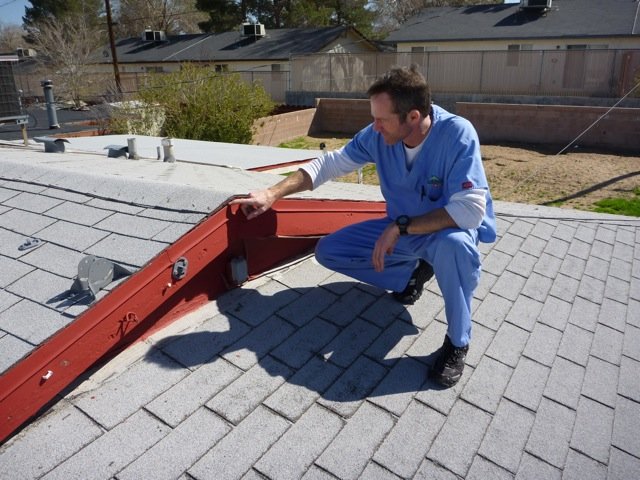
source: pinterest.com
There’s no substitute for getting up close with your roof and getting a really great look at it. If you can, get out the ladder and climb up there. It will be a whole lot clearer what needs to be done, if anything at all. Check the gutters and the chimney while you’re up there. Look for damage to the flashings (the metal that redirects water), dormers and vent pipes. When the flashings aren’t doing their job, water could be getting into places it shouldn’t, damaging the roof interior, interior walls and promoting rot.
5. Check Your Attic
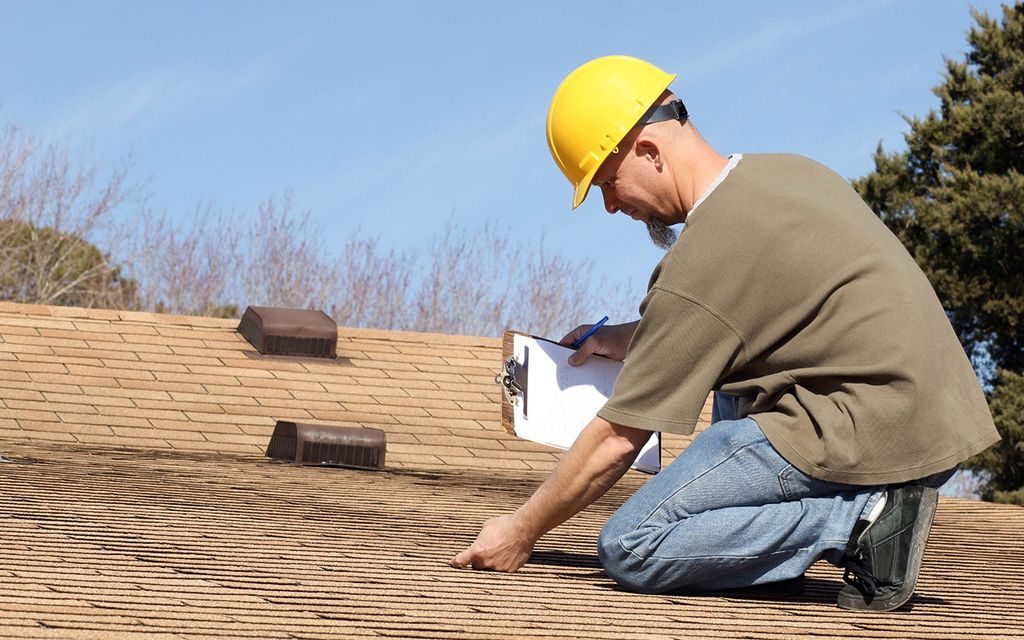
source: pinterest.com
If you have an attic, it can tell you a lot about the health of your roof. Here is where you’ll be able to easily identify leaks, water damage and mold. Checking after a heavy rain, can help you learn more about the condition of your roof. Pay close attention to the rafters and the roof’s underlayment during your inspection.
Now that you know what red flags to look for, you can confidently take a comprehensive look at the roof. And if you’re still not feeling confident enough to get up there and look around, please contact a local roofing professional to help. Remember, the roof is one of the most important pieces of you home, and although it’s easy to forget about, it still needs routine attention.

